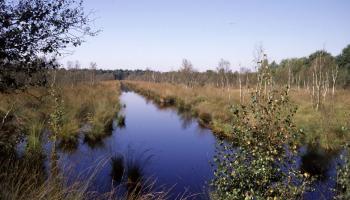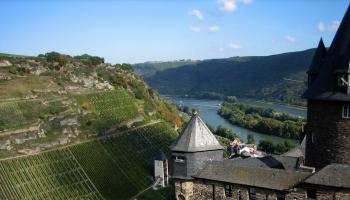Ricerca
 Enclosed land inGermania
Enclosed land inGermaniaResearch: Alexandra Kruse & Michael Roth; upload: Bénédicte Gaillard. The entries are still in process.
[Read more]
 Hay making structures inGermania
Hay making structures inGermaniaResearch: Alexandra Kruse; upload: Bénédicte Gaillard. The entries are still in process.
[Read more]
 Moorland inGermania
Moorland inGermaniaThe entries are still in process, further information will be added later
[Read more]Research: Alexandra Kruse & Michael Roth; upload: Bénédicte Gaillard. Entries in progress
[Read more] Paesaggi terrazzati inGermania
Paesaggi terrazzati inGermaniaResearch & Upload: Alexandra Kruse. The entries are still in process
[Read more]Research: Alexandra Kruse & Michael Roth; upload: Bénédicte Gaillard: The entries are still in process
[Read more] Praterie boscose inGermania
Praterie boscose inGermaniaResearch: Alexandra Kruse, Michael Roth, Johannes Dreer; upload: Bénédicte Gaillard: The entries are still in process
Since stone age is known that people have eaten fruits.
highest importance in Germany: 19th and 20th cent.
[Read more]Enclosed land in Germany
- Protected by law: Germany, in the (in some) federal states (M-V: if >50m)
- (Re)construction is supported and co-financed
- Plans where, what and how to renew hedges
- Good awareness by planners
- Biotopverbund
Hedges are endangered, as for many years, farmers have destroyed them in order to get bigger fields, easily to farm with tractors. Further dangers:
- Clearing / cutting
- Too close with machines (plough etc.)
- Too much fertiliser/ deposit of fertiliser and pestizides
- Cutting not adapted (wrong cutting)
- Waste/litter
- Damages by animals (biting)
Enclosed land in Germany
- Protected by law: Germany, in the (in some) federal states (M-V: if >50m)
- (Re)construction is supported and co-financed
- Plans where, what and how to renew hedges
- Good awareness by planners
- Biotopverbund
Hedges are endangered, as for many years, farmers have destroyed them in order to get bigger fields, easily to farm with tractors. Further dangers:
- Clearing / cutting
- Too close with machines (plough etc.)
- Too much fertiliser/ deposit of fertiliser and pestizides
- Cutting not adapted (wrong cutting)
- Waste/litter
- Damages by animals (biting)
Enclosed land in Germany
- Protected by law: Germany, in the (in some) federal states (M-V: if >50m)
- (Re)construction is supported and co-financed
- Plans where, what and how to renew hedges
- Good awareness by planners
- Biotopverbund
Hedges are endangered, as for many years, farmers have destroyed them in order to get bigger fields, easily to farm with tractors. Further dangers:
- Clearing / cutting
- Too close with machines (plough etc.)
- Too much fertiliser/ deposit of fertiliser and pestizides
- Cutting not adapted (wrong cutting)
- Waste/litter
- Damages by animals (biting)
Terraced landscapes in Germany
Terraces occur mainly at river slops (in Central, West and East Germany) and in hilly regions as well as at the lower foothills of the Alps. Natural terraces do only occur next to rivers in the high mountains and are very rare today.
Today Occurrence can be subdivided
- Regional: river valleys,hilly regions, mountain regions.
- By function: Wine production,Fruit tree production, Gardening (urban, private, educational gardening, small scale), Special production forms
- Genesis: Natural, Artificial (production improvement, flood protection, infrastructure, mining, etc.)
Neither natural once nor infrastructural ones are treated within this databank.
Terraced landscapes in Germany
Terraces occur mainly at river slops (in Central, West and East Germany) and in hilly regions as well as at the lower foothills of the Alps. Natural terraces do only occur next to rivers in the high mountains and are very rare today.
Today Occurrence can be subdivided
- Regional: river valleys,hilly regions, mountain regions.
- By function: Wine production,Fruit tree production, Gardening (urban, private, educational gardening, small scale), Special production forms
- Genesis: Natural, Artificial (production improvement, flood protection, infrastructure, mining, etc.)
Neither natural once nor infrastructural ones are treated within this databank.








